
Franco Fontana: Color In Life, Korea’s first retrospective exhibition on the work of Franco Fontana, is now happening at My Art Museum. One of the most influential photographers of the twentieth century, Franco Fontana is a household name in the field of photography with more than 400 individual and group exhibitions having been held around the world showcasing his works. The artist is particularly special to Samsung Display. At CES 2023, held earlier this year, Fontana’s photography was displayed on Samsung Display’s QD-OLED display, which reproduced the incredible colors unique to his work. Fontana has captured the amazing colors and sceneries in life through his camera lens for more than 60 years. Scroll down to learn more about his journey as an artist, showcased at the retrospective exhibition.
Franco Fontana, the Master of Photography Who Paints Pictures With a Camera
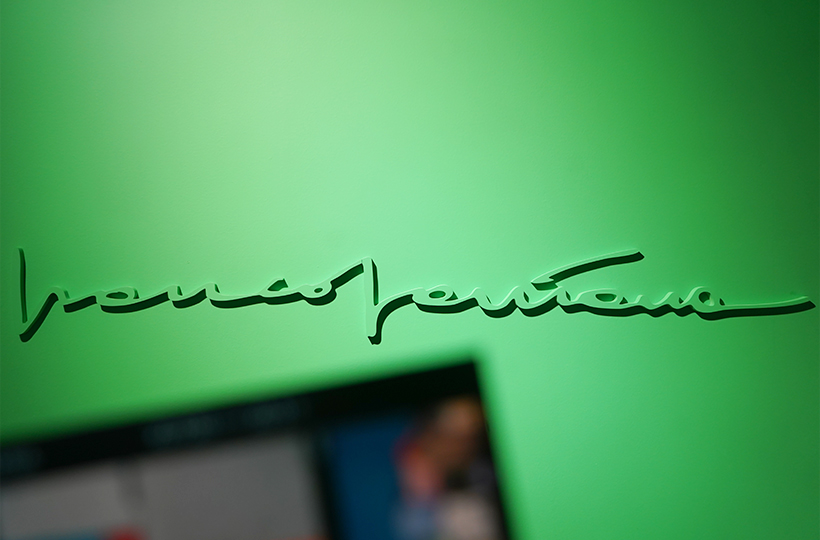
Born in 1933 in Modena, located in Northern Italy, Franco Fontana has been working as a photographer for over 60 years. Many people assume that he must have studied photography as a student, but he started out as an interior designer. Mistakes were made every day due to a lack of formal education, but he was not afraid to make and learn from them. The efforts paid off. In the early 1960s, color photography was not accepted as fine art because of the perception that it merely captures what can be seen in the real world. However, Fontana rejected this bias and established himself as the pioneer of color photography by showcasing the world through his unique perspective.
The reason why his photography is special is because he was influenced by painting. His works reflected the characteristics of abstract art and minimalism, which were trending during the 1960s - a bold attempt for the time. This is the reason why I would personally describe his photography as “a painting created by a camera.” Using his camera, he created original works by focusing on form and color as if painting on a canvas.
Why Fontana’s Photography Looks Like a Painting – The Incredible Colors and Perfect Balance
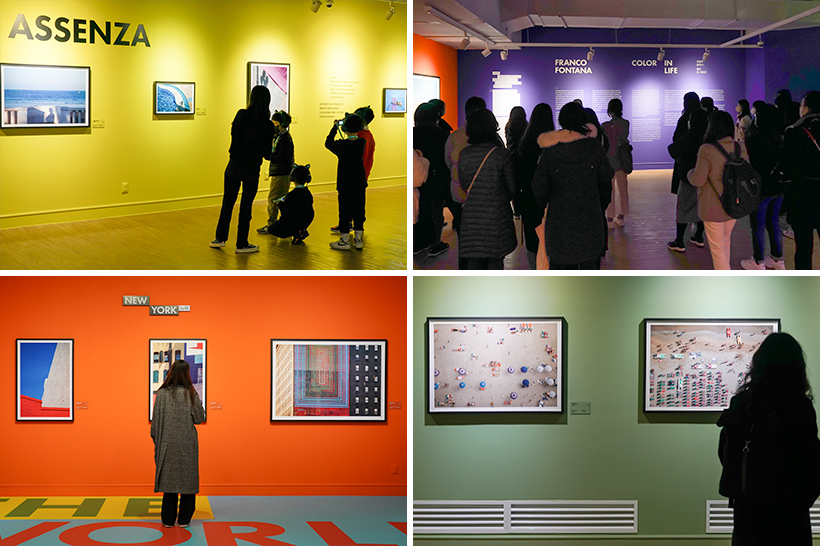
His photography mesmerizes every viewer as it brings to life the beauty of painting as an photography. Most visitors to the exhibition exclaim at the first look of his work. They ask if Fontana’s works are paintings as opposed to photos. The landscapes in his photography exist in the real world, but the perfect beauty captured through the camera lens makes his works look surreal.
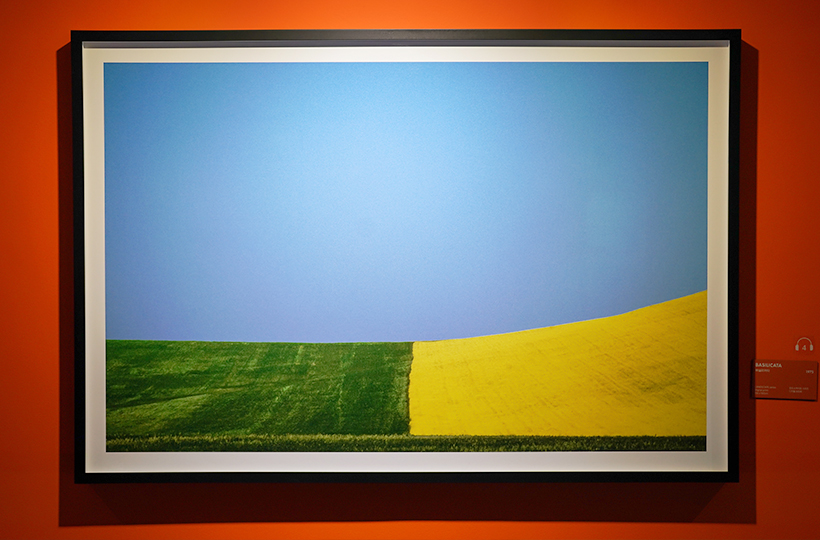
A natural landscape that may seem like an abstract painting, Basilicata is titled after a region of the same name in Southern Italy. Fontana not only captured sceneries in his homeland of Italy but also traveled around the world to capture awe-inspiring and surreal natural landscapes with his camera.
At first look, you will be impressed by the beautiful colors and then notice the perfect balance in composition. This is the reason why his photography feels like a work of painting.

Fontana has an incredible sense of color. The same color looks different depending on its exposure to light and shadow, with Fontana using his unique sensibilities to capture the changes in colors depending on light and color contrasts. This is why some people assume that his photography goes through extensive post-editing. But that is a misunderstanding. He is very well-known for not editing his photos. It is amazing to think how hard he must have worked and how much he must have waited to find such perfect colors and composition. This explains why his works are often considered to reflect the beauty of waiting. This is where Fontana’s works meet Samsung Display: Fontana is committed to following the light in order to capture unedited colors, while Samsung display has worked towards finding the light that recreates perfect colors.
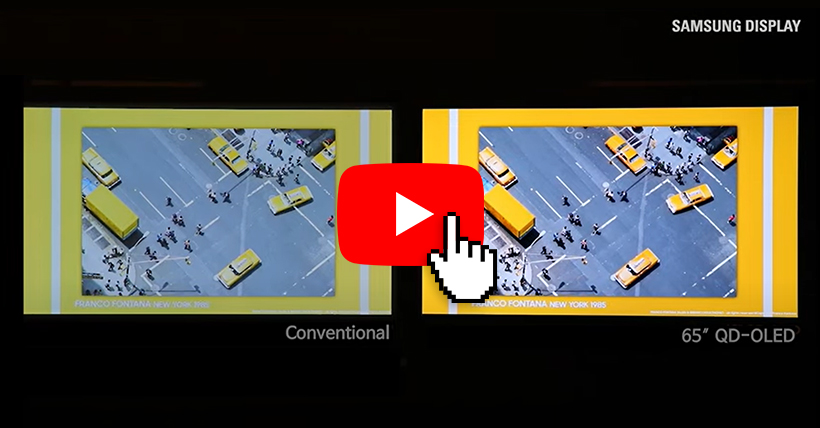
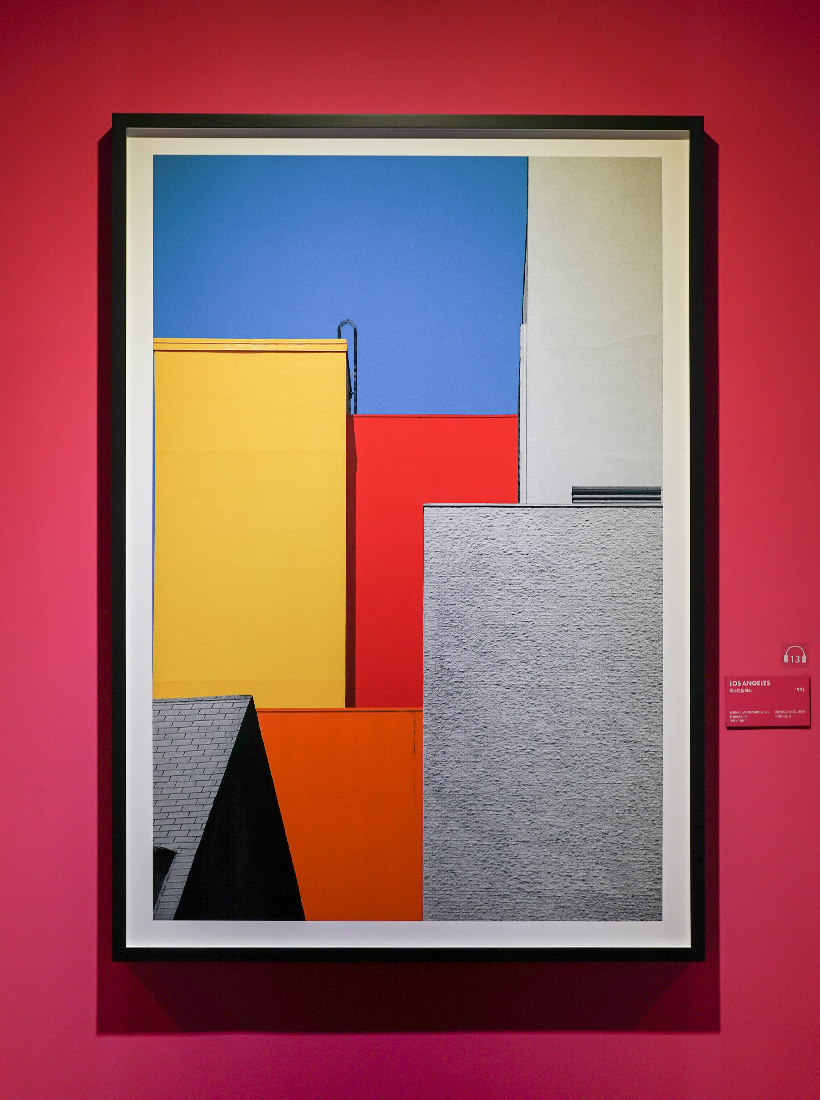

The characteristics of Fontana’s photography does not only come through in natural landscapes, but also in cityscapes. Rather than capturing a building or an object in its entirety, Fontana zoomed in on particular sections where multiple objects overlap. The sense of depth and distance of the real world disappears, and everything becomes flat in his works. The transparency of photos is reduced to the minimum in order to emphasize the colors. The geometrically captured buildings help deliver the beauty of order and balance.
In order to break the bias of color photography not being considered as art, Fontana had to capture more than what can be seen by the eye as he took photos of landscapes within various cities. He focused on the dynamics between space, volume, and form. The persistent reflection and repeated shots helped him realize that a cityscape is the result of continuous exchange of influence among all physical elements such as buildings, surfaces of objects, and colors. Cityscapes must have felt like a symphony to the artist.
Viewing the World From One’s Own Perspective

“Photography must demonstrate what you think, not what you see.”
Fontana’s photography is a great reminder of how strange, intriguing, and surrealistically beautiful the world is. In this fast-changing world, his photography reflects the meaning and beauty of life. The power of Fontana’s work is that it helps you see the world, often taken for granted in the midst of the daily grind, from a new perspective. What made him a master in his field is his “different” perspective to see the world.
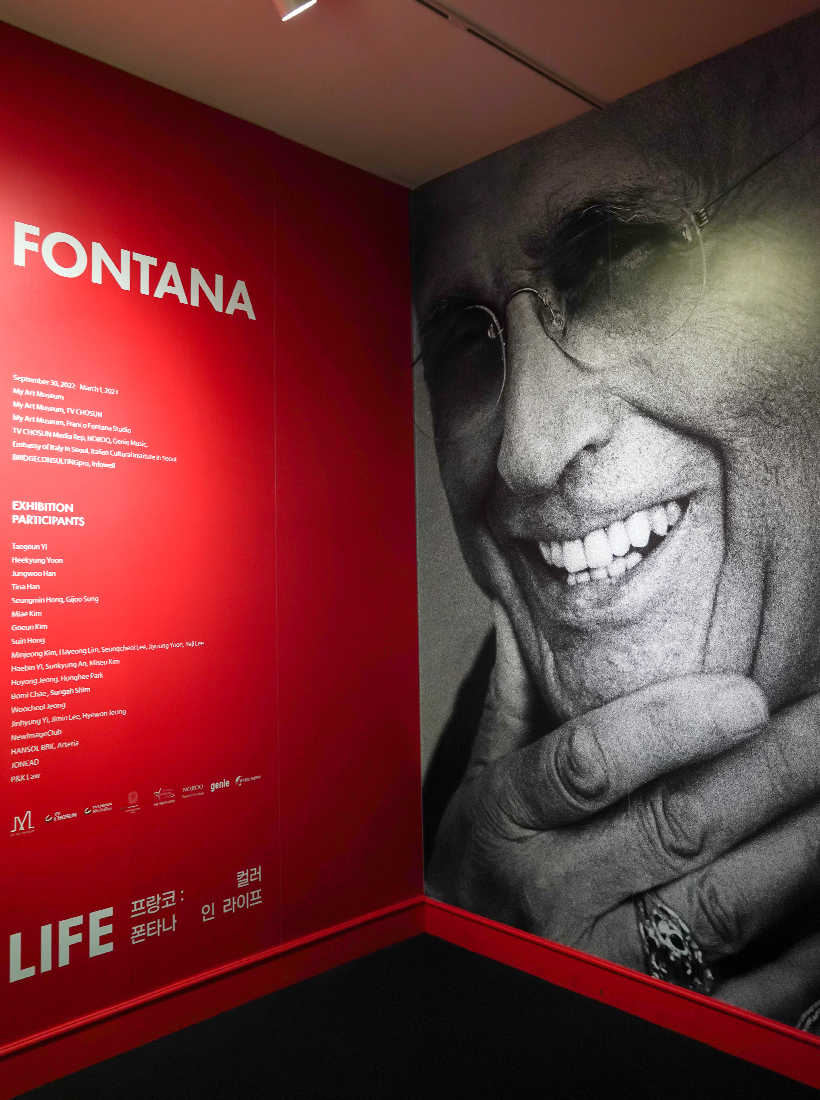
“Life is like a slab of marble; it could become an ashtray or Michelangelo’s Pieta.”
The master photographer, who turned 90 this year, left the message above for the prospective visitors to his exhibition. His art teaches us how to see and approach life, with what we can do about our own marble slabs. It is entirely up to each one of us whether we turn our lives into an ashtray or Michelangelo’s Pieta. Creation begins when we all start to look at the world from our own perspective.

A docent who rose to fame by breaking the convention of focusing on interpretation of artworks and delivering stories about the life and art of artists. He has established himself as one of the most recognizable docents in Korea through exhibitions for artists such as Henri Matisse, Marc Chagall, and Joan Miro, and has dedicated himself to promoting the fun and meaning of appreciating art. His books include Painters I Loved and Jung Woo-cheol’s Art Theater 1 and 2
※This article holds the author's opinions and does not reflect the stance nor strategies of Samsung Display Newsroom.

